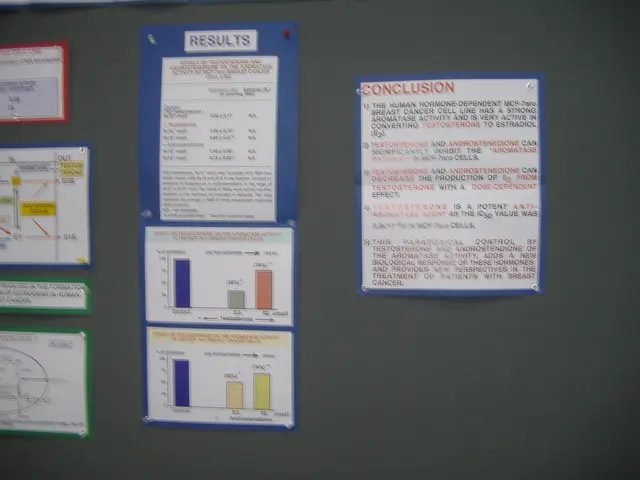Strengthening Synapses During Sleep: Unveiling the Processes That Occur as We Rest
In a groundbreaking study published in the prestigious scientific journal PLOS Biology on June 12, 2025, a research group led by Professor Hiroki Ueda of The University of Tokyo's Graduate School of Medicine has provided valuable insights into the specific conditions that promote "sleep learning." This research, part of the Ueda Biological Timing Project, could potentially revolutionise our understanding of sleep and its role in memory consolidation and learning.
The study, titled "A unified framework to model synaptic dynamics during the sleep-wake cycle," explores how synaptic connections in the cerebral cortex change during sleep based on synaptic learning rules and the level of neuronal activity during sleep.
The findings suggest that sleep learning is possible under specific conditions:
1. **Synaptic Learning Rules:** Hebbian and Spike Timing Dependent Plasticity (STDP) rules promote synaptic strengthening (potentiation) during sleep, particularly when firing rates are high during sleep states like the Up state of slow-wave oscillations (SWO). Conversely, Anti-Hebbian and Anti-STDP rules tend to weaken synapses, consistent with the Synaptic Homeostasis Hypothesis (SHY).
2. **Firing Rates and Patterns of Neuronal Activity:** Higher mean and maximum firing rates during sleep, especially during the Up state of SWO, are critical for enabling synaptic potentiation during sleep.
3. **Timing Relationships between Pre- and Postsynaptic Neuronal Firing:** Specific neural activity thresholds and temporal firing patterns are necessary for synaptic potentiation during sleep.
4. **Sleep Stage Influence:** Deeper sleep stages (like slow-wave sleep, SWS) and associated oscillations (e.g., alpha, beta, and 10 Hz rhythms) are linked with memory consolidation and insight generation, suggesting that sleep depth modulates learning benefits.
These findings challenge prior views that sleep predominantly weakens synapses, showing instead that sleep can also strengthen synaptic connections, underpinning memory consolidation and learning while resting.
The researchers used computational simulations to reproduce the activity of neural networks composed of various types of interconnected neurons. Insights gained from this study could inform the understanding and treatment of sleep-linked brain disorders like neuropsychiatric diseases.
This research is part of the Ueda Biological Timing Project, a research area of the Exploratory Research for Advanced Technology (ERATO) by the Japan Science and Technology Agency (JST). This project aims to understand information on "biological time," which transcends from molecules to individual humans living in society.
- The groundbreaking neuroscience news reveals that sleep learning can occur under specific conditions, such as the application of Hebbian and Spike Timing Dependent Plasticity (STDP) rules that promote synaptic strengthening during sleep.
- The study also highlights that higher mean and maximum neuronal firing rates during sleep, particularly during the Up state of slow-wave oscillations (SWO), are essential for enabling synaptic potentiation during sleep.
- Moreover, the authors of the study underscore the importance of specific neural activity thresholds and temporal firing patterns in neurons for synaptic potentiation during sleep.
- These findings from the Ueda Biological Timing Project suggest that deeper sleep stages like slow-wave sleep (SWS) and associated oscillations modulate learning benefits, contributing to memory consolidation and insight generation.
- The researchers hope that the insights gained from this study could have implications for the understanding and treatment of sleep-linked brain disorders like neuropsychiatric diseases, thereby improving overall health-and-wellness.







